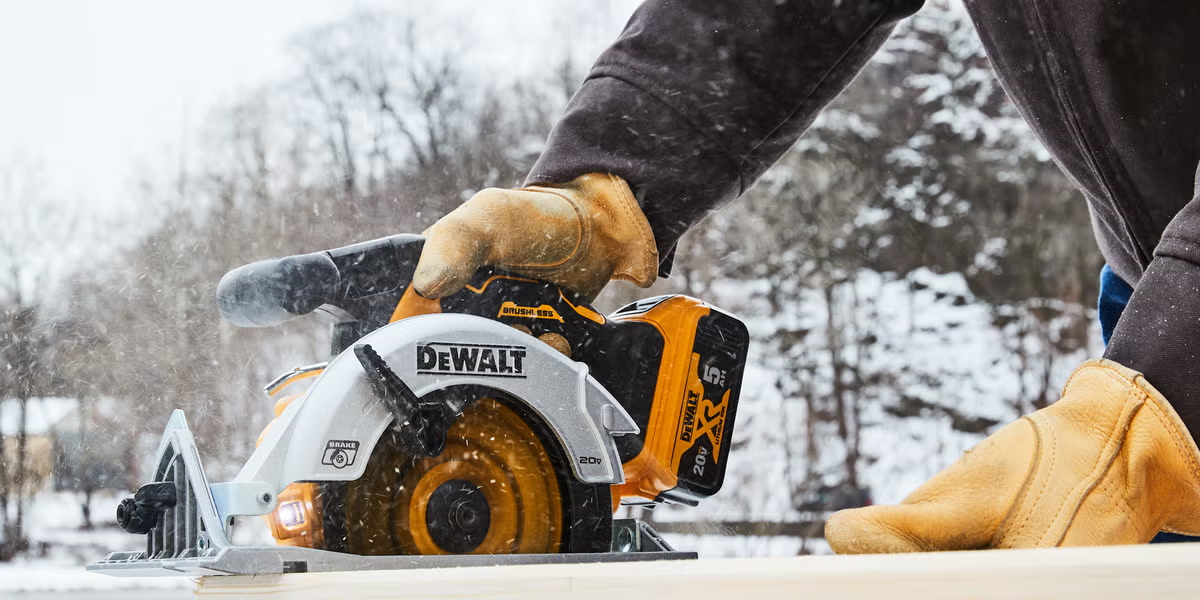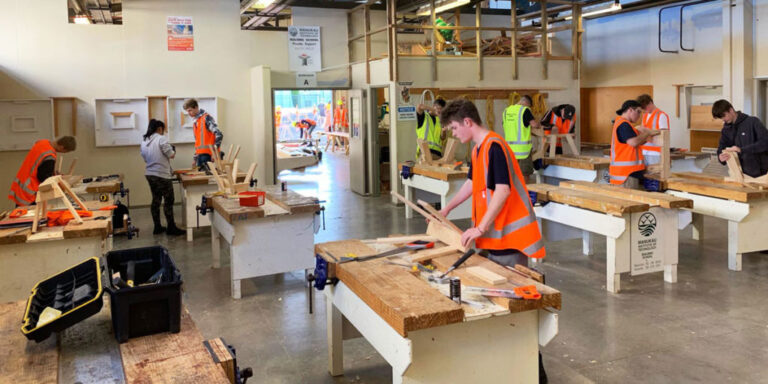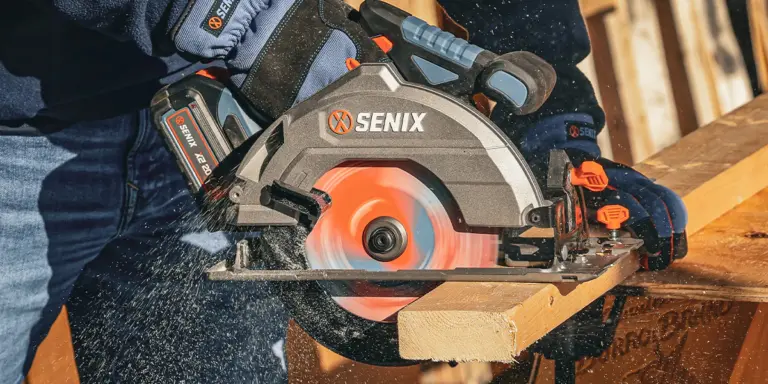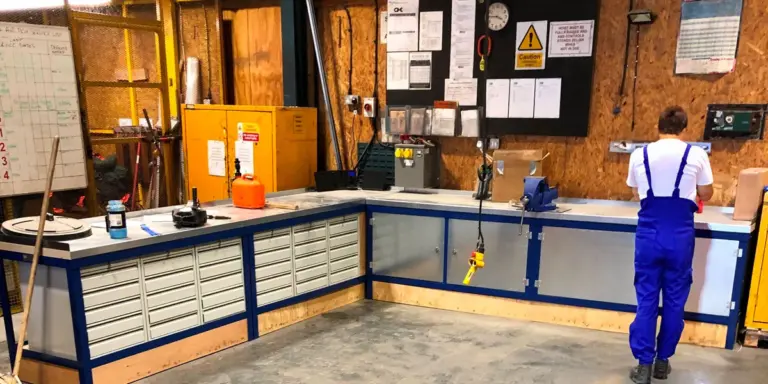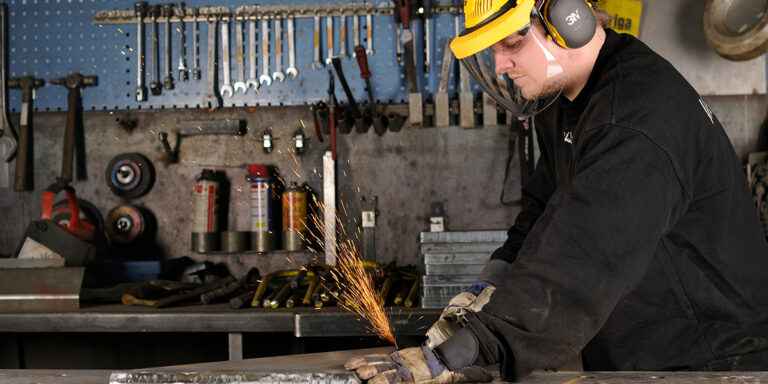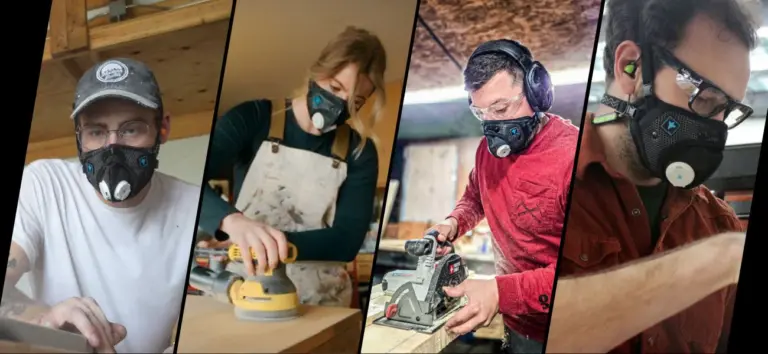Choosing the Right Gloves for DIY Work
Finding the perfect pair of gloves for DIY projects can make a massive difference in both comfort and safety. Whether I’m fixing something around the house, building a raised garden bed, or using power tools in the workshop, I always make sure my hands are protected. But with so many types of gloves out there—each designed for specific tasks—it took me some time to figure out what works best for which job. That’s why I decided to put together this detailed guide on choosing the right gloves for DIY work.
Not all gloves are created equal. Some are built to withstand harsh chemicals, while others are designed for precise handling of small tools or components. From leather work gloves to nitrile-coated ones, the key is matching the glove material and features with the specific kind of work you’re doing. Here’s how I break it down.
The Importance of Proper Hand Protection
One lesson I’ve learned over time is that gloves aren’t just for heavy-duty jobs. Even simple DIY projects can expose your hands to cuts, abrasions, blisters, or harmful substances. A splinter from untreated wood or a quick brush against a heated tool is all it takes to ruin your day. That’s why I always make glove selection a priority before starting a new task.
Besides preventing injury, wearing the right gloves can also boost efficiency. A snug, well-fitting pair gives me better grip, steadier control of tools, and more confidence overall. Choosing the right gloves for DIY work isn’t just about safety—it also enhances the quality of my craftsmanship.
Types of Gloves and Their Uses
In my DIY journey, I’ve tried dozens of glove types. Each has its pros and cons, depending on the nature of the job. Here are the most common types and when I like to use them.
Leather Work Gloves
These are my go-to for heavy-duty tasks like handling lumber, digging trenches, or working with bricks and stone. Leather gloves are incredibly tough, offering great protection against abrasion and punctures. They’re especially useful when grip strength is needed for carrying or pulling.
However, they’re not the best for tasks that require fine motor skills. Leather can be stiff, especially when new, and it doesn’t breathe very well. Still, for tough outdoor work, choosing the right gloves for DIY work almost always leads me back to a solid pair of leather gloves.
Nitrile-Coated Gloves
When I need to handle small hardware or power tools that require dexterity, nitrile-coated gloves are my pick. These gloves combine flexibility with a decent level of protection. The nitrile coating offers a secure grip even when I’m dealing with slippery surfaces like metal or painted wood.
They’re also resistant to oils and some chemicals, which is handy when I’m doing engine work or painting. While they don’t offer the ruggedness of leather, they provide a much better feel and fit for intricate work.
Cut-Resistant Gloves
I use cut-resistant gloves when working with sharp tools like utility knives, metal shears, or glass. These gloves are made with materials like Kevlar, Dyneema, or steel mesh. They give me peace of mind when handling objects that could easily slice through standard gloves—or worse, my skin.
While they’re not always the most comfortable or breathable, I don’t compromise on safety when dealing with blades or jagged materials. Choosing the right gloves for DIY work involving sharp edges means going for maximum cut resistance over everything else.
Disposable Gloves
There are plenty of tasks where I don’t need bulk or heavy-duty protection—just a clean barrier between my hands and what I’m working on. That’s where disposable gloves come in. I wear them when mixing small batches of epoxy, staining wood, or using caustic cleaners.
I prefer nitrile over latex because it’s stronger and doesn’t cause allergic reactions. Disposable gloves aren’t breathable and can tear easily under stress, but they’re perfect for light, short-duration tasks where contamination or mess is the issue.
Insulated Work Gloves
For those chilly mornings in the garage or outdoor projects during colder months, I rely on insulated gloves. These are bulkier but keep my fingers functional when the temperatures drop. I’ve worn them for winter fence repairs and working on my shed in late autumn. The trade-off is less dexterity, but staying warm is worth it.
Some insulated gloves even come with water-resistant or waterproof exteriors, which has saved me during wet-weather jobs. Choosing the right gloves for DIY work in colder climates means paying attention to both warmth and grip.
Mechanic-Style Gloves
These gloves are probably the most versatile ones I own. They’re snug-fitting, have reinforced palms, and often come with padding in key areas. I wear these for a wide range of medium-duty tasks like assembling furniture, using hand tools, or doing repairs around the house.
They’re not the toughest or the thinnest, but they hit a sweet spot between protection and dexterity. Many come with touchscreen-compatible fingertips too, which is convenient when I need to use my phone for DIY tutorials or blueprints.
Features to Consider When Buying DIY Gloves
Beyond the material type, there are a few other features I always look for when choosing the right gloves for DIY work. These make a big difference in performance and comfort over long hours.
Fit and Sizing
Poorly fitting gloves are just as bad as no gloves at all. If they’re too loose, I can’t grip anything properly; if they’re too tight, my hands fatigue faster. I always check sizing guides and, when possible, try on gloves in-store to make sure they match the natural contour of my hands.
Breathability
DIY projects can be sweaty work, especially during warmer months. Gloves that trap heat make my hands uncomfortable, which slows me down. That’s why I prefer gloves with breathable backs or mesh panels for ventilation.
Grip and Palm Texture
Slippery tools are dangerous tools. I always go for gloves that offer a textured or rubberized grip, especially on the palms and fingers. It helps me hold onto everything from hammers to wet garden tools with confidence.
Durability
There’s no point in buying gloves that fall apart after one use. I always inspect the seams, stitching, and material quality before buying. Reinforced knuckles or padded palms are signs of durability and often worth the higher price.
Washability
Some gloves are machine-washable, which is a huge plus when they get dirty with oil, paint, or sawdust. Disposable gloves are a one-time use item, but I try to get a few wears out of my nitrile-coated or mechanic-style gloves by washing them regularly.
Matching the Gloves to the Task
One thing I’ve learned is that no single glove works for every project. That’s why I keep a few different pairs handy depending on what I’m working on.
For carpentry or framing jobs, I lean toward leather or mechanic-style gloves. When painting or staining, I grab a fresh set of nitrile disposables. For plumbing or automotive repairs, I like nitrile-coated gloves that resist oils and provide grip. If I’m cutting sheet metal or working with sharp blades, the cut-resistant ones come out of the drawer.
Choosing the right gloves for DIY work is all about evaluating the specific risks involved in each task—whether it’s heat, sharp edges, slippery materials, or exposure to chemicals—and selecting gloves that provide targeted protection.
Glove Maintenance Tips
Just like any other tool, gloves last longer and work better when you take care of them. I make it a habit to air out gloves after every use to avoid mildew or bad odors. Leather gloves benefit from the occasional rub of conditioning oil to prevent them from cracking. And I always wash fabric or coated gloves when they get too grimy—keeping them clean helps maintain their grip and flexibility.
If I notice a tear or a thinning patch in a high-stress area, I retire that pair. It’s not worth risking injury just to get a little more life out of an old glove. Good gloves aren’t a huge investment, but they make a big impact.
When to Replace Your Gloves
Even the best gloves wear out over time. I’ve learned to look for signs like worn-out palms, thinning material, or stretched-out cuffs. Gloves that don’t stay snug or show visible damage can’t offer the protection I need.
It’s also worth noting that disposable gloves should never be reused. Once they’re compromised or visibly soiled, they go in the trash. For reusable gloves, especially those exposed to chemicals, I make sure they’re still intact and not degrading in any way before using them again.
Final Thoughts
Choosing the right gloves for DIY work is as important as picking the right saw blade or drill bit. It’s not about grabbing whatever pair is lying around—it’s about knowing what each job demands and selecting gloves that give the right mix of safety, comfort, and performance.
Whether I’m working with lumber, tinkering with electrical wiring, or staining a new bench, the gloves I wear play a critical role in how well I do the job. After years of trial and error, I now keep a small collection of glove types in my workshop so I’m always prepared.
By taking the time to select the right gloves for each project, I not only protect my hands but also make every DIY session smoother, safer, and more enjoyable. And that’s a win every time.

